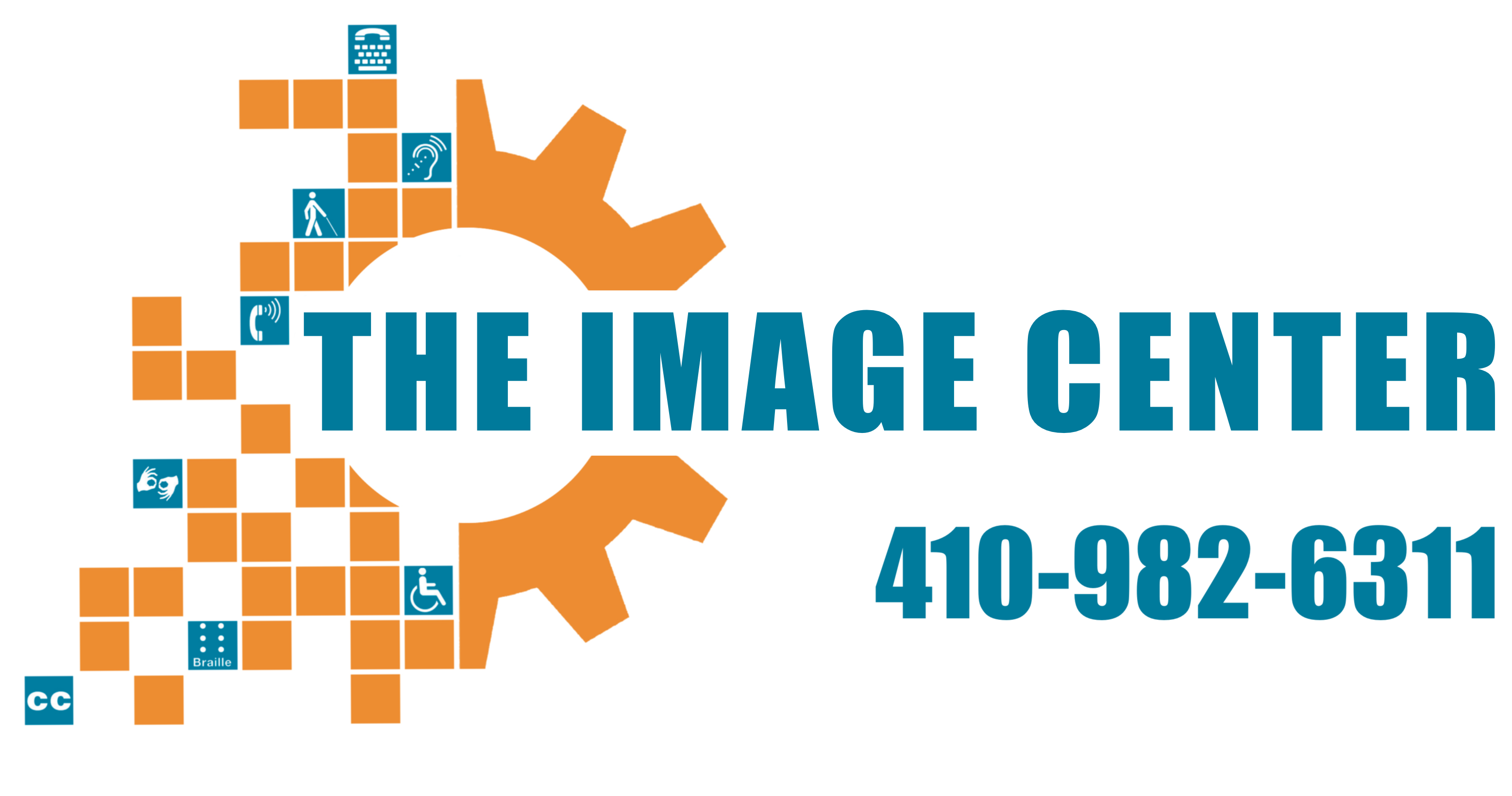A key part of the transition process is knowing about financial benefits for which blind and low vision students are eligible. Join us for Financial February for a crash course on SSI benefits. February 1: What is SSI, and Who is Eligible for It? February 8: What are the Income Requirements for SSI? February 15: […]
Category: Series: Financial February 2022
A key part of the transition process is knowing about financial benefits for which blind and low vision students are eligible. Join us for Financial February for a crash course on SSI benefits. February 1: What is SSI, and Who is Eligible for It? February 8: What are the Income Requirements for SSI? February 15: […]
A key part of the transition process is knowing about financial benefits for which blind and low vision students are eligible. Join us for Financial February for a crash course on SSI benefits. February 1: What is SSI, and Who is Eligible for It? February 8: What Are the Income Requirements for SSI? February 15: […]
A key part of the transition process is knowing about financial benefits for which blind and low vision students are eligible. Join us for Financial February for a crash course on SSI benefits. February 1: What is SSI, and Who is Eligible for It? February 8: What Are the Income Requirements for SSI? February 15: […]
